Virtuals Robotics: Why Did We Enter the Field of Embodied Intelligence?
Digital intelligence gains embodiment, with thought and action merging in the field of robotics.
Original Title: Introducing Virtuals Robotics.
Original Source: Virtuals Protocol
Original Translation: TechFlow
Since its inception, Virtuals' core goal has always been to build a society composed of AI agents—a network where agents can collaborate, transact, and create value.
· Through ACP, we have enabled commercial transactions between agents.
· Through Butler, we have built a collaborative bridge between humans and agents.
· Through Unicorn, we have solved the problem of capital formation for agents.
Each layer expands the boundaries of digital intelligence. Now, this network is extending into the physical world through robotics, where intelligence gains a physical presence and actions are embodied.
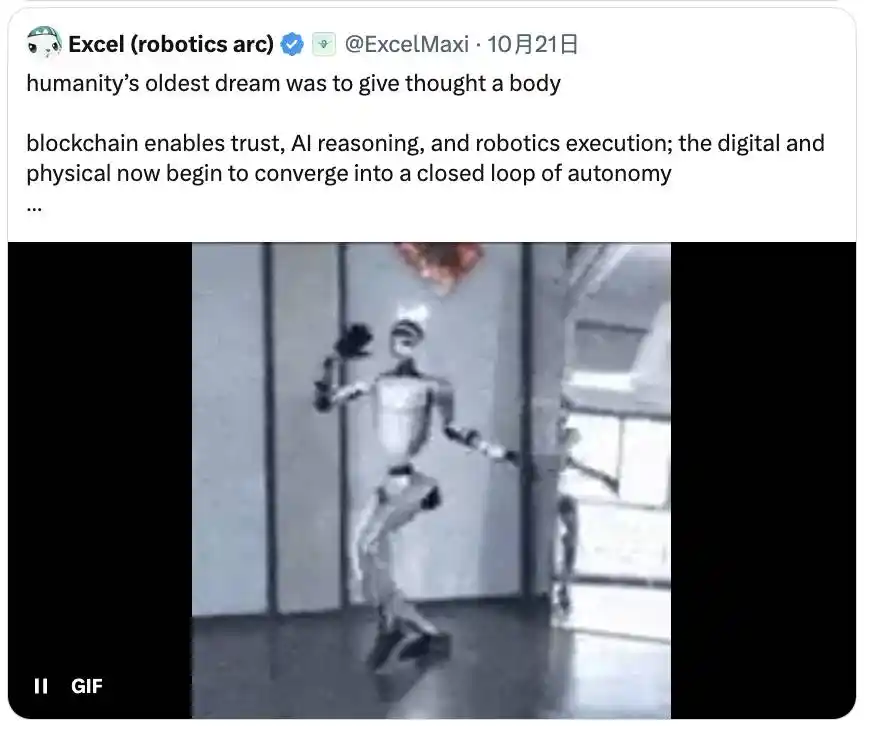
Artificial intelligence has achieved automated reasoning, blockchain has empowered large-scale collaboration, and robotics is approaching physical execution.
These three forces together form a closed loop, constructing a self-sustaining system in which ideas, actions, and transactions can propagate autonomously.
This integration defines agentic GDP (aGDP), which is the total output generated by the collaboration of humans, agents, and machines in both digital and physical domains.

Our exploration of robotics began with our internal venture capital division, investing in cutting-edge teams at the intersection of perception, control, and automation. These early experiments revealed two core bottlenecks limiting the embodiment of agents:
· Data: Without rich spatial datasets, embodied AI cannot learn to perceive or act effectively.
· Capital: Without scalable financing mechanisms, innovation in robotics will remain slow and fragmented.
Solving these two problems is key to accelerating the development of physical intelligence.
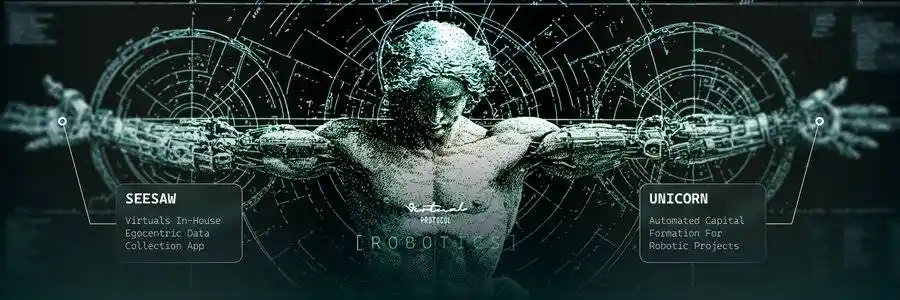
Virtuals has chosen a "Middle Way" strategy to address the challenges of robotics.
We do not directly participate in hardware or model development, but instead focus on those invisible yet decisive levers, building the data and capital infrastructure that supports the ecosystem.
· Through SeeSaw: We have launched a self-centered data platform that redefines how the world is captured and learned, enabling robots to "see" and understand space through human-recorded experiences.
· Through Unicorn: We have reimagined the financing of frontier technologies.
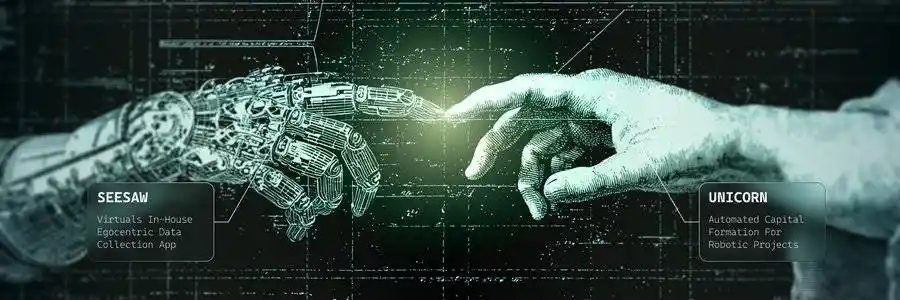
As these systems integrate, Virtuals is evolving from a digital agent platform into a full-stack intelligence engine.
If the past decade was defined by information technology, then the next decade will be defined by embodiment—the moment when ideas regain physical form.
Through robotics, the internet of agents extends into the physical world, completing the closed loop between intelligence, collaboration, and existence.

Disclaimer: The content of this article solely reflects the author's opinion and does not represent the platform in any capacity. This article is not intended to serve as a reference for making investment decisions.
You may also like
Has the four-year cycle of Bitcoin failed?
The various anomalies in this cycle—including waning sentiment, weakening returns, disrupted rhythms, and institutional dominance—have indeed led the market to intuitively feel that the familiar four-year cycle is no longer effective.

At an internal Nvidia meeting, Jensen Huang admitted: It's too difficult. "If we do well, it's an AI bubble," and "if we fall even slightly short of expectations, the whole world will collapse."
Jensen Huang has rarely admitted that Nvidia is now facing an unsolvable dilemma: if its performance is outstanding, it will be accused of fueling the AI bubble; if its performance disappoints, it will be seen as evidence that the bubble has burst.
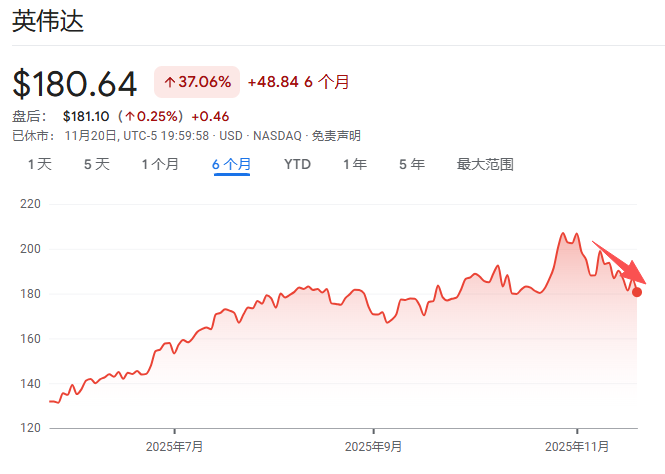
After a 1460% Surge: Reassessing the Value Foundation of ZEC
Narratives and sentiment can create myths, but fundamentals determine how far those myths can go.
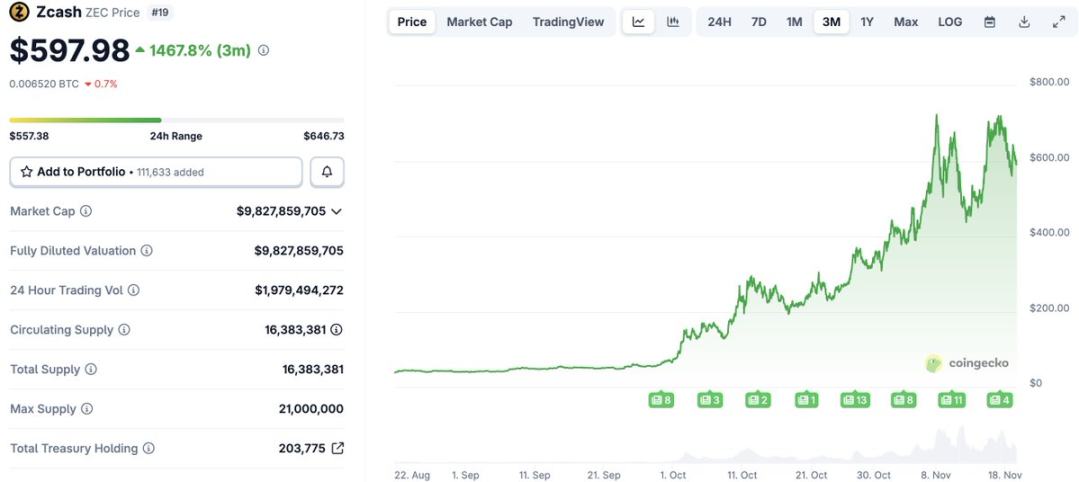
The demise of a DAT company
The $1 billion Ethereum DAT plan led by Li Lin and others has been shelved due to the bear market, and funds have been returned. This "going with the flow" approach may reflect consideration of investor sentiment.
